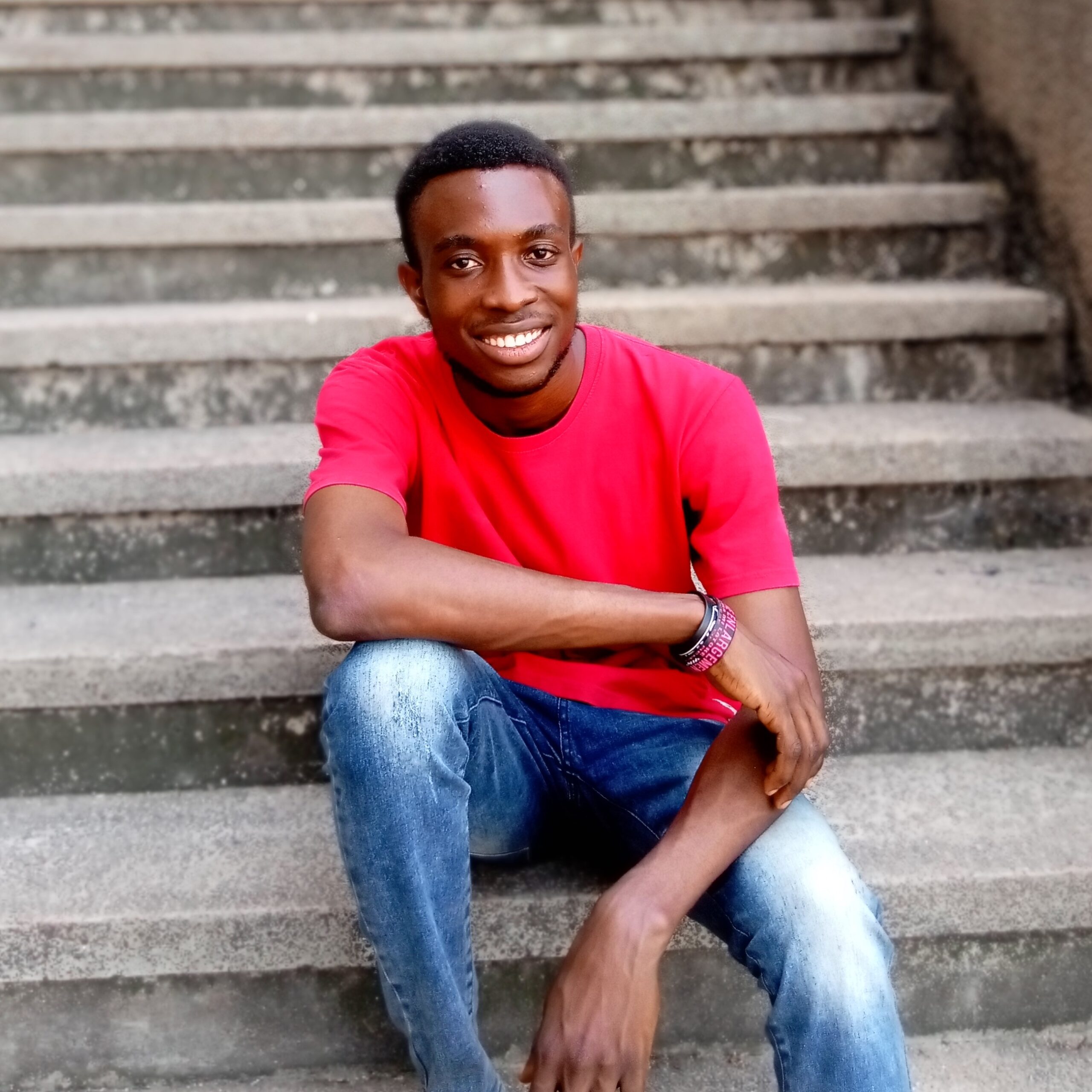The Roman Catholic Mission Quarters on Lagos Island, widely known as Popo Aguda or the Brazilian Quarter, are among West Africa’s most striking examples of Afro-Atlantic urban remaking. Formed by nineteenth-century return migration from Portuguese-speaking parts of the Americas and shaped by Catholic missionary activity and Yoruba social life, the quarter preserves a layered cultural and architectural story: one of displacement, return, religious devotion, and skilled urban building.
EXPLORE: Nigerian Civil War
Returnees and the making of Popo Aguda
From the 1830s through the later nineteenth century, formerly enslaved Africans and their descendants left Brazil, Cuba, and other Atlantic ports and resettled in parts of West Africa. Some arrived in Lagos, drawn by existing trade ties, commercial opportunities, and trans-Atlantic diasporic connections. These returnees, locally called Aguda (also Amaro) concentrated in central Lagos Island districts that coalesced as Popo Aguda. They brought with them Roman Catholic devotion, Portuguese language, Iberian diasporic crafts, and urban building techniques.
Before resident clergy were established in Lagos, lay leaders in the Aguda community organised Portuguese-language devotions and private chapels. These lay practices formed the backbone of Catholic life for the returnees and supplied much of the community’s religious identity until missionary priests consolidated regular sacramental ministry later in the nineteenth century.
Missionaries, the Church, and ecclesiastical infrastructure
Missionary orders, including priests associated with the Society of African Missions and other Catholic bodies, increased activity in Lagos from the mid- to late-nineteenth century. Their arrival stabilised sacramental ministry and facilitated the planning of permanent church buildings. Early mission histories and diocesan archives record the gradual formalisation of Catholic structures in the quarter over decades rather than in single landmark years.
A succession of pro-cathedral and permanent church structures served the Catholic congregation through the late nineteenth and early twentieth centuries. The present Holy Cross Cathedral building, a prominent Gothic-inspired edifice that anchors the Catholic Quarter today, was constructed in the 1930s (completed around 1939) and became the seat of the Archdiocese of Lagos following its creation in 1950.
Afro-Brazilian artisans and the built environment
Afro-Brazilian masons, carpenters, and artisans made decisive contributions to the quarter’s streetscape. Skilled returnee craftsmen applied construction techniques and decorative vocabularies learned in the Americas, rendered locally in stucco façades, arched fenestration, verandas, ornamental ironwork, and timber detailing. Architectural histories and local accounts identify several Afro-Brazilian builders who were active in Lagos; these craftsmen left a visible imprint on both religious and domestic buildings.
Popo Aguda’s houses, typically two-storey townhouses with Portuguese stylistic cues, contrast with contemporaneous indigenous housing and became status markers for merchants, professionals, and successful artisans. The returnees combined mercantile activity, artisanal trades, and urban capital to participate actively in Lagos’s port economy while sustaining trans-Atlantic cultural ties.
Land, patronage and local politics
Local Yoruba rulers and palace authorities engaged with the growing Aguda community in practical terms. Many historical narratives refer to land allocations, leases, or tolerated settlement on the island; however, claims that a single Oba made a named formal land grant require archival confirmation. Published repository notes and municipal records show that the returnees established neighbourhoods with varying degrees of local recognition, patronage, and negotiation, a more complex, negotiated process than a single formal grant.
Cultural life and ritual continuity
The returnee population preserved Catholic devotions, Portuguese liturgical customs, mutual-aid networks, and a repertoire of festival practices drawing on Afro-Atlantic forms. The names and forms of particular festivals vary by community and epoch; researchers advise treating specific festival labels and continuity claims with caution unless modern ethnographic fieldwork corroborates them.
Conservation, change, and contemporary pressures
Across the twentieth and twenty-first centuries, the Brazilian Quarter has confronted urban redevelopment, decay, and pressures from densification. Conservationists and scholars have documented both well-preserved Afro-Brazilian houses and many altered or lost examples. The Holy Cross Cathedral remains the quarter’s most visible and protected landmark; many domestic buildings survive, but their fabric is vulnerable without sustained conservation measures.
Popo Aguda is not a frozen “slice” of Brazil in Lagos, nor is it simply an imported urban type. It is a layered urban zone shaped by return migration, missionary institutions, Yoruba political accommodation, and port commerce, a hybrid product forged in the encounter of Atlantic and West African worlds.
Author’s note
This account confines itself to claims substantiated by mission records, architectural surveys, and peer-reviewed or museum-curated scholarship. Where secondary sources offer divergent single-year dates or unverified anecdotes (e.g., named Oba land grants, exact festival continuity), this text moderates the claim and recommends archival verification before publishing specific year-by-year assertions.
READ MORE: Ancient & Pre-Colonial Nigeria
References
Smithsonian Institution / National Museum of African Art repository. Materials on Afro-Brazilian returnees and Popo Aguda. (repository.si.edu)
MAVCOR Project, Yale University. “Afro-Atlantic devotional life and the Brazilian Quarter, Lagos” (essay and archival notes).
Holy Cross Cathedral (mission / diocesan summaries) building history and cathedral dates (1934–1939 completion; archdiocese seat 1950).
Architectural and urban history surveys documenting Brazilian-style houses on Lagos Island (see IAFOR / academic architectural studies).

